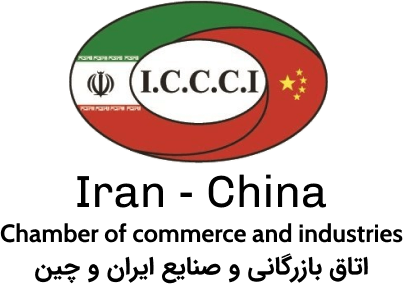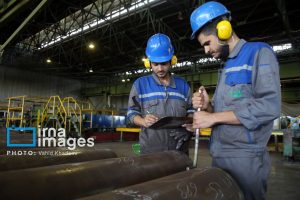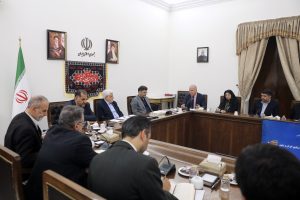The export by Iran’s large mining companies stood at $12.239 billion in the past Iranian calendar year 1401 (ended on March 20), registering a 3.5-percent rise in weight, while a 7.6-percent drop in value, year on year.
As reported, the steel chain with an export of $5.76 billion stood in the first place. Export from this chain saw a 22-percent drop in value and a six-percent decrease in weight.
The copper chain is ranked second with export of $1.577 billion, witnessing a decrease of 27 percent.
Last year, the aluminum chain managed to export $973 million, which is 29 percent more than the export in 1400 in terms of value, and has a favorable situation compared to other products.
According to Amir Sabagh, the director for economic affairs and investment development in the Iranian Mines and Mining Industries Development and Renovation Organization (IMIDRO), natural gas and electricity cut-offs in the country were among the factors related to the reduction of steel chain exports.
Meanwhile, as previously reported, the total sales of Iran’s large mining companies through the stock market has reached $22.4 billion in the past Iranian year, registering an 18-percent rise year on year.
While Iran’s stock market has developed noticeably in recent years, especially since the two past Iranian calendar years, the performance of the minerals and mining industry sectors in this market has been very outstanding.
This sector’s performance has been so good that the IMIDRO, which is the major state-owned holding company active in the mining sector in Iran, has predicted a promising future for the mining companies in the stock market.
Also, the IMIDRO head has recently announced that the production of most of the minerals and mining industries’ products grew in the past Iranian year.
Vajihollah Jafari reiterated that despite all existing restrictions and problems, including electricity and gas outages, growth was recorded in the production of most mineral materials and mining industries products last year.
He stated that the main factors to achieve this growth were trying to use the full capacity of factories and companies and strengthening the domestic and export markets, as well as planning for the supply of raw materials and other production needs in times of outages.
Last year, serious measures were taken in the field of exploration, the deputy industry, mining, and trade minister further stated.
Having 81 different types of minerals, Iran is one of the top 10 mineral-rich countries across the globe. In this regard, the Iranian government has been seriously pursuing several programs for promoting the mining sector as a major contributor to the country’s economic growth.
Iran’s proven iron ore reserves are 2.7 billion tons, while the country’s copper reserves are 2.6 billion tons. The country also has 11 million tons of zinc reserves.
The total proven reserves of Iran’s mines are estimated at about 60 billion tons, which is expected to reach more than 100 billion tons with the implementation of the Industry, Mining, and Trade Ministry’s exploration programs over 500,000 square kilometers of new mineral zones.
Despite the country’s huge potential in this area, due to some issues like the lack of necessary machinery and equipment and the lack of access to financial resources and foreign investment because of the U.S. sanctions, the Iranian mining sector has been struggling to operate at its maximum capacity over the past few years.
So, the government programs for promoting this industry are mainly focused on relying on domestic sources for helping the mining sector overcome its current problems and hit its ideal targets.





